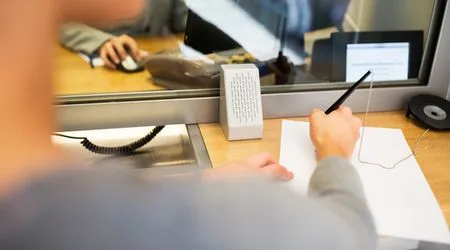How much does a money order cost in Canada?
In Canada, you could pay anywhere between $7.50 and $9.95 per money order. Rates are typically higher at major banks, which often charge between $9.00 and $10.00 for a money order.
If you purchase a money order from Canada Post, you’ll pay closer to $8.00. Note that Canada Post only sells domestic (within Canada) money orders.
In contrast, some digital money transfer services charge less than $5.00 per transfer. Some even offer $0 transfers, although you may not get a very competitive exchange rate.




